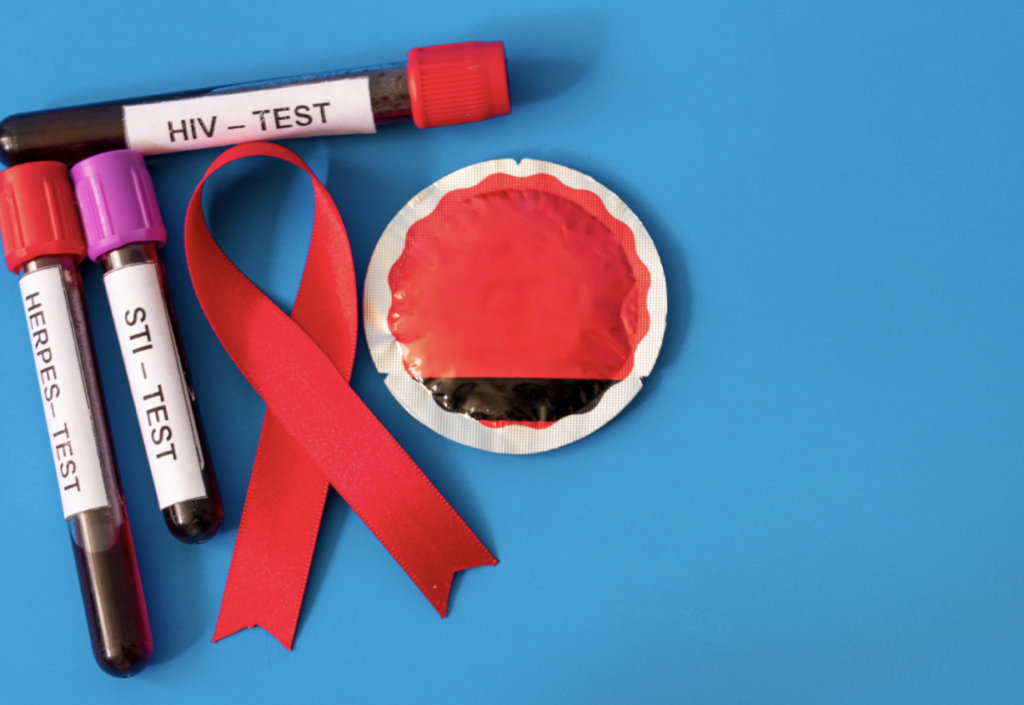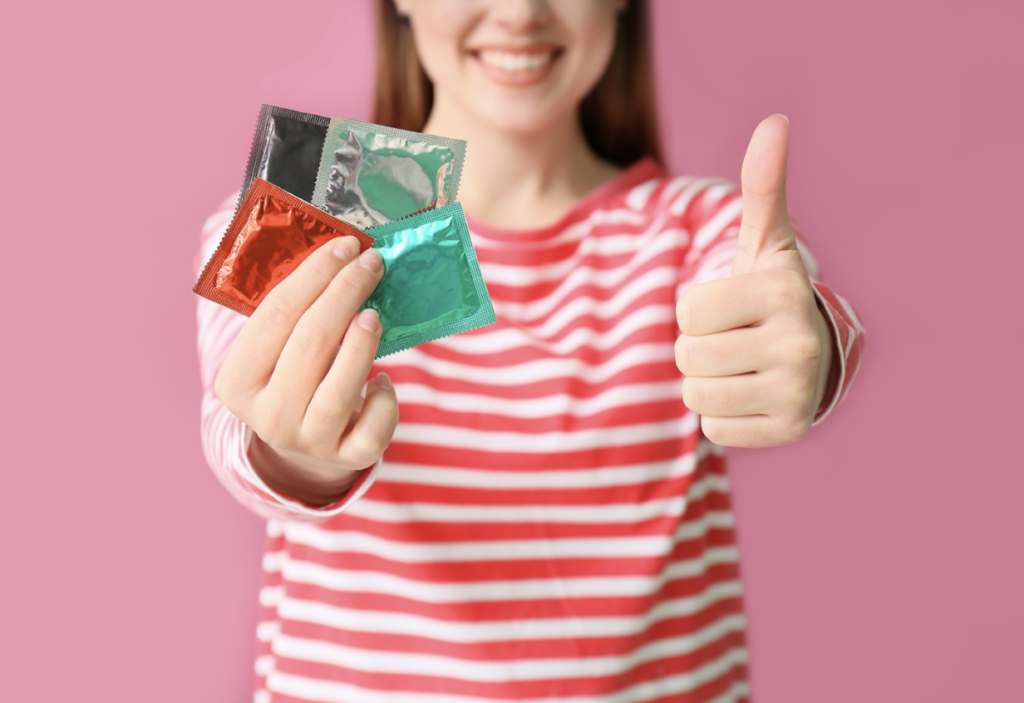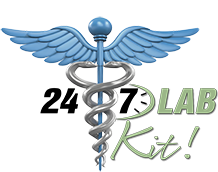Can I Get an STD After a Condom Slip?

Condoms are widely recommended as one of the most effective barrier methods for preventing sexually transmitted diseases (STDs) and pregnancies. However, what happens when a condom slips during intercourse? Can you still get an STD despite taking precautions?
We know sexual health is important and are here to help you stay informed. In this comprehensive discussion, we will explore the factors that come into play when a condom slips and whether there is a risk of contracting an STD.
Condom Slippage: Causes and Frequency

As you probably already know, condoms help prevent STDs and unwanted pregnancies by creating a physical barrier that blocks the exchange of bodily fluids. This includes semen, vaginal secretions, and blood, which can contain pathogens like bacteria, viruses, and parasites. Proper and consistent condom use also significantly reduces the risk of contracting or spreading STDs such as HIV, chlamydia, gonorrhea, syphilis, and herpes.
Despite their effectiveness, condoms are not foolproof, and several factors can lead to their slippage. To start, using a condom that is the improper size––meaning too small or too large rather than a snug fit––can increase the likelihood of slippage. Incorrect application can also result in slippage, so carefully unrolling and ensuring space at the tip to collect semen are crucial steps.
Inadequate lubrication is another factor, as this can cause friction between the condom and the skin, making it more likely to slip. When using condoms, it’s safest to use water-based lubricants as they are compatible with latex and polyurethane condoms. If you or your partner has a latex allergy and use polyurethane condoms, oil-based lubricants are an option. However, you should avoid using oil-based lubricants with latex condoms, as it can weaken the latex and increase the risk of the condom breaking or tearing. If none of the above work for you, lambskin condoms are another great option that prioritizes safety and pleasure.
Certain sexual positions may also increase the risk of condom slippage, particularly those with significant movement or friction. Lastly, the material and quality of the condom can also play a role, so stay away from expired or damaged condoms, which increase the risk of slippage.
While condom slippage is not uncommon, it’s natural to experience fear when this happens to contemplate if this mishap automatically leads to the transmission of STDs.
The Risk of STD Transmission After a Condom Slip

The risk of contracting an STD after a condom slip depends on various factors, including the specific STD in question, the timing of the slip, and the actions taken immediately afterward.
If a condom slips early on in sexual activity and is promptly corrected, the risk of STD transmission is lower. However, if it slips towards the end of intercourse, the risk is higher as more fluids may have already been exchanged. Also, some STDs are more contagious than others. For example, HIV and herpes are highly infectious, while the risk of contracting syphilis or chlamydia may be lower.
How you respond to a condom slip matters. If you notice a slip during sex, stop immediately, withdraw, and replace the condom with a new one. If ejaculation has already occurred, prioritize getting tested for STDs and discussing post-exposure prophylaxis (PEP) medication with a healthcare provider, especially for potential HIV exposure.
It’s best to get tested within 72 hours of the condom slip. And if you prefer testing from the comfort of your home, we recommend using our 247Labkit testing services. With a variety of STD tests to choose from––including the recommended Comprehensive Kit, which tests for chlamydia, gonorrhea, trich, syphilis, HSV, HIV, and Hep C–– you can prioritize your sexual health without stepping foot in a clinic. You’ll receive your results through a confidential and HIPPA-compliant email service within two days.
Regardless of whether you notice a condom slip, regular STD testing is essential if you are sexually active. Many STDs can be asymptomatic, so testing helps detect and treat infections early. Knowing your partner’s STD status is also crucial. If either partner has an STD, extra precautions should be taken, such as using condoms consistently and correctly and discussing pre-exposure prophylaxis (PrEP) for HIV prevention.
Safety First

A condom slip can be an anxiety-inducing moment during sexual activity, but it’s essential to approach the situation calmly and responsibly. While the risk of STD transmission after a condom slip exists, it can be minimized by taking prompt action and following the recommended steps mentioned above.
To minimize the risk of condom slippage and STD transmission, it’s essential to use condoms correctly, choose the right size, and maintain open communication with your partner. Regular STD testing and awareness of your partner’s status are crucial in maintaining sexual health. As is maintaining open communication with your partner about sexual health and safe practices.
Remember––sexual health is a shared responsibility, and taking proactive steps can help protect you and your partner from potential risks. Stay informed, proactive, and responsible in your sexual activities, as this will help you maintain sound sexual health and reduce the risk of contracting or spreading STDs.







Comments are closed